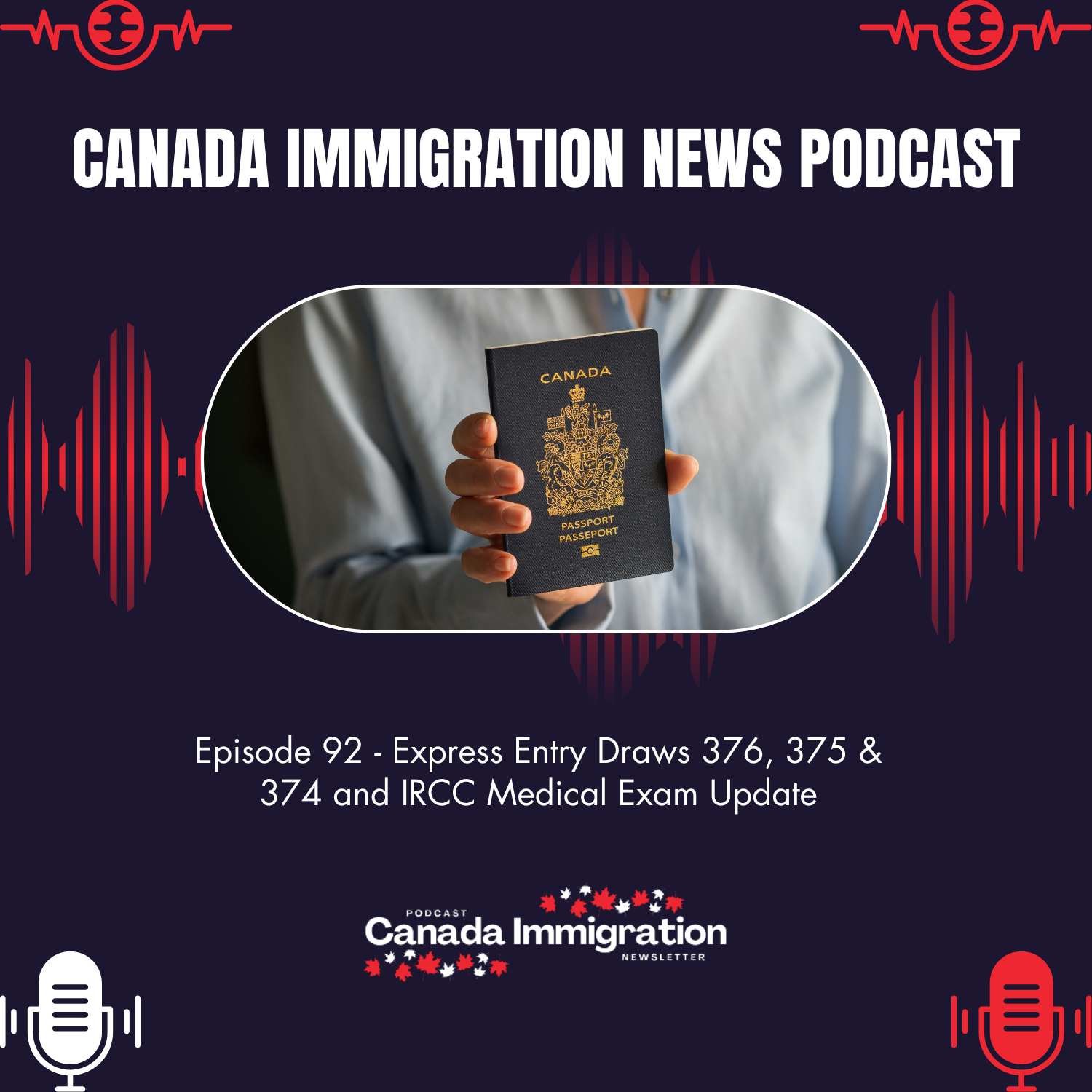Immigration Announcement
Quebec Announced a New Immigration Strategy for 2026-2029 with Reduced Intake Targets

Quebec announced a new immigration strategy for 2026-2029 with reduced intake targets, signaling a more measured approach to growth over the next four years. The 2026 Immigration Plan outlines a permanent resident target of 45,000 individuals, while temporary admissions are set between 84,900 and 124,200 through the Temporary Foreign Worker Program and international student pathways. The provincial government says these ranges aim to bring immigration levels in line with the capacity of public services, local housing markets, and francization resources.
Major Updates in How Quebec Announced a New Immigration Strategy For 2026-2029 With Reduced Intake Targets
The Skilled Worker Selection Program will become the single pathway for skilled permanent immigration. With this shift, the Quebec Experience Program will close on November 19, 2025. Officials argue that relying on one central pathway allows for more consistent selection and helps reduce processing pressures that built up when multiple streams operated simultaneously.
In addition, the province will introduce French proficiency requirements for temporary foreign workers. Quebec has long emphasized the importance of the French language, especially in workplaces where communication plays a central role. These requirements aim to strengthen participation in local communities and reduce the need for intensive francization support after arrival.
The province also stressed that rapid growth in temporary admissions during recent years placed pressure on schools, clinics, and housing markets. By lowering the upper limit for temporary residents, Quebec hopes to make service delivery more manageable.
Regional Needs and Long-Term Planning
While total numbers are tightening, Quebec still plans to support regional labor markets through targeted recruitment. Many communities outside major cities continue facing shortages in construction, food processing, health care, manufacturing, and information technology. The province expects to maintain outreach missions and employer partnerships to fill these shortages.
Quebec is also working to improve long-term retention. Temporary workers often arrive for short-term contracts and leave before gaining deeper ties to the province. By focusing more on skilled permanent immigration and applying selective temporary intake rules, the province hopes to increase the number of workers who settle permanently and integrate socially and economically.
A Closer Look at Capacity Concerns
The province’s revised strategy also reflects a practical assessment of local infrastructure. School boards have reported strain from sudden changes in student populations. Francization classes have been operating at full capacity in some regions, while community organizations delivering settlement services say demand has outpaced funding. By controlling temporary admissions while sustaining steady permanent resident levels, Quebec aims to stabilize these services.
Housing supply also influenced the strategy. Several regions have faced rising rents, limited availability, and long construction timelines. Reducing the temporary intake range is part of a broader attempt to ease demand while new housing initiatives take effect. Quebec’s updated immigration plan shifts the province toward more sustainable growth, with tighter limits on temporary residents and a strong focus on long-term skilled immigration through a single main selection program.























